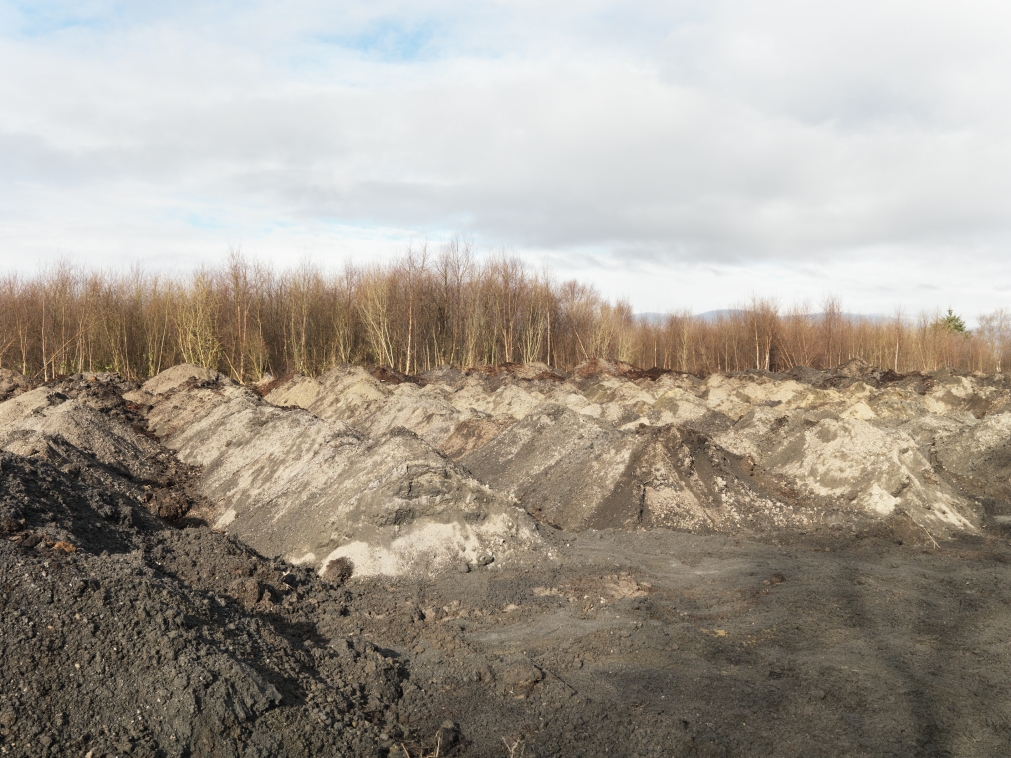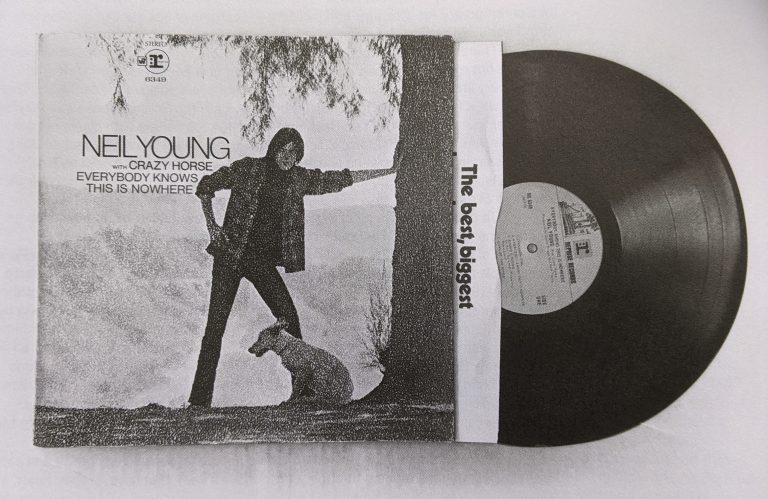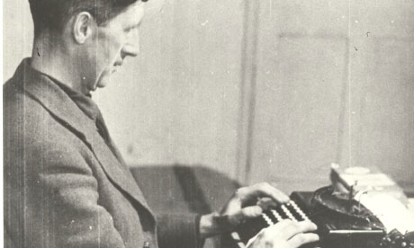In 1999, as part of the peace process, the IRA finally admitted to the “killing and secret burial” of ten missing people from a possible fifteen. At the end of May that year, they released a list of sites thought to be the burial places of nine. David Farrell’s Innocent Landscapes is a monumental photographic study that chronicles the search for those who “disappeared” as a result of political tensions in Northern Ireland, only to be buried anonymously across the border. The pictures read collectively as a kind of dialogue with absence and were subsequently published in 2001, the year he won the European Publishers Award for Photography.

David Farrell: Innocent Landscapes
Ballynultagh, 1999
Image courtesy of the artist.
I asked David about his first visit to one of these search locations: “You came into this landscape that looked like some force had roared through it. The visual shock when I got there was of this landscape having been violated with all the trees uprooted, and that somehow being a metaphor from the violence of what had happened to these people, their disappearance. So it was a really powerful sensation to be there, feeling how the mind projects emotion onto something and this landscape was so torn apart, it looked like the search had been quite desperate really, just the nature of it. I made some pictures that first night, but it was purely that I was there and I should make some pictures, because at the time I wasn’t sure that I wouldn’t be able to do anything with it. But there was something about the pictures I made, something in the quality of the colour that convinced me to continue, so it was a simple act then of deciding just to go and look at the other places, seeing what happened, seeing what was there.”
There is a distinct – at times quite uneasy – pull between the aesthetic richness of the images and the violence implied by searching these fractured landscapes that lends a unique power to the work: “I always feel that those pictures have a sort of tough beauty. It was a case of going out and sometimes not really having – or not wanting to have, too much of a direction because often if you put a box around it before you start, you’re going to miss something. It’s a crude metaphor maybe, but useful in this context, of excavating a subject, digging and digging and digging until I felt like I’d reached the point of almost having exhausted it. I had to keep going back, photographing the same thing over and over again. It was a momentum of going to make pictures and then thinking about it as you’re making the pictures as you’re working through it to see is there anything emerging from the dialogue you’re having with what your photographing.”

David Farrell: Innocent Landscapes
New Search, Wilkinstown, 2010
Image courtesy the artist.
The cumulative structure of the book, a kind of gravitational pull between the images and across them, brings a forceful clarity from this cutting into the landscape’s hidden core that has a formal rigour. “While I’m looking at – and I almost hate to use the word – the ‘strength’ of an individual image on one level, I’m really interested too in the dialogue it has with the preceding image, the facing image, the one after and the next one again – because I’m always thinking of the book. Narrative is very important within the way I make work, certainly between the pictures, but also within each picture.”
“There was a picture from Wicklow that was made on the last day of the search in 2000 of the bog cut away, and I said to myself at the time – how much further do you go? Six inches? Six feet? How far do you go and when do you stop? Anyway, that was supposed to be it. There were a couple of small searches in the intervening years and except for an accidental recovery, nothing was found. I had noticed, again in 2000, that nature was reclaiming these places very quickly, making even the evidence of the searches disappear and I thought that in itself was an interesting metaphor for what the killers had intended, using nature to cover their traces, but it was also about healing and the passage of time.”
So periodically, Farrell began returning to take account of every loss and every frustrated possibility – here all certainties are provisional. “It was such an unresolved issue just to keep going back to these places seemed important, particularly as I might be the only one to return. Then by chance I came across a team of forensic archaeologists about two years ago while they were searching in Wicklow and it reminded me again of what had drawn me to the subject. At the same time, their intervention actually ruptured my timeline of a landscape being reclaimed because in most cases, they were going back into the same place and digging it up again. The current landscapes, while they are often the same piece of field or bog, look considerably different – as their approach is so different, the pace is different. With the recent searches, I’m seeing something stand still in so many different types of light, whereas before, you took whatever light was there on the day because the searches went so quickly, and the landscape was radically altered between visits. While I’m more or less photographing the same thing from one day to the next, each time something has changed and I’m searching for what I feel is the maximum out of the subject. The sense of their presence (or absence) is much less immediate in the landscape now; the pictures have become more about the searches themselves, though you do remind yourself every so often exactly what you’re dealing with.”
This sustained approach applied to how the new searches are being conducted (and images he has made of them) seem more like a way of marking time, as a measure of duration. Perhaps they become instead a way to describe the impossible task of accounting for the loss that they represent. The observation of some endless ritual – of not forgetting, and he keeps going back too, trying to refine the logic of this process. “Now you could go in and the first picture you make could be sufficiently strong,” he said “but for me it’s this drive to really get deep into the subject, like I say, you’re “excavating” something. One of the difficulties with photography is that making a picture, the gesture itself, seems so easy that you really have to feel the picture, that it has to be coming through the subject and into you. I’m aware now that certainly the work I’m making with the re-visits is probably slightly more refined in an aesthetic sense, that they have softened a little, though I’m still trying to hold onto that edge of tough beauty.”
Darren Campion is a writer and visual artist.
This essay was first published in Super Massive Black Hole.




